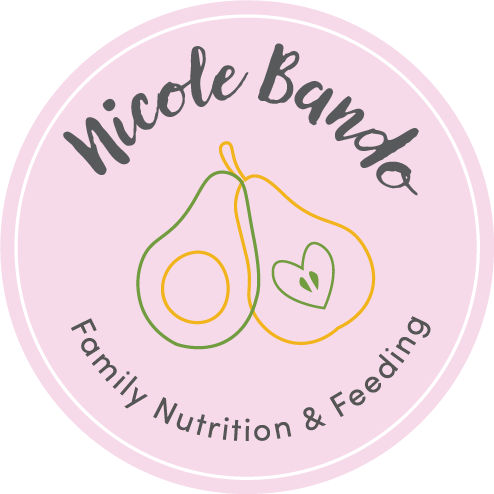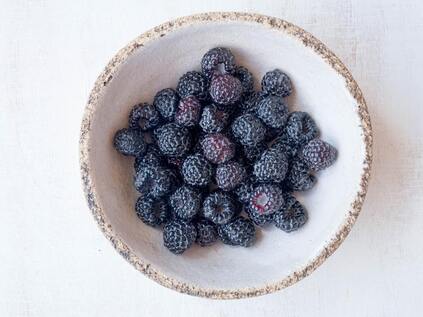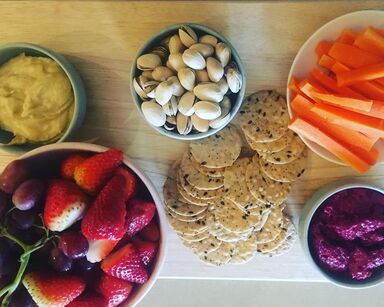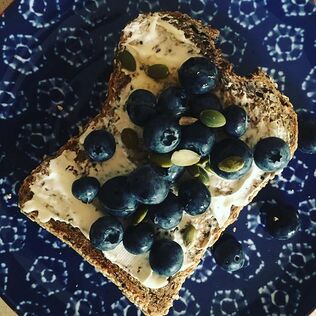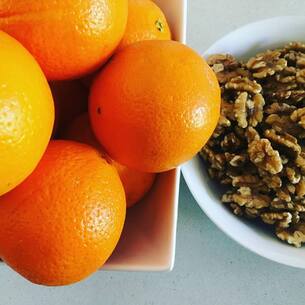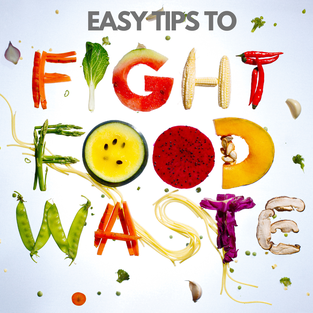
This post appeared in the Australian Physiotherapy Association’s Women’s, Men’s and Pelvic Health News Report, May 2020
By Nicole Bando
Routine
Stick to your regular meals and snacks to give structure to the day, minimise time spent in the kitchen and avoid grazing. Make sure to schedule a lunch break between Telehealth or clinic patients and take it away from your workspace. Just as you normally would, pack your lunch & snacks for the day ahead. Adopt a ‘kitchen is closed policy’ until the end of the work or school day.
Snacks for mood & focus
Studies have shown that combining whole grains and protein at (meal &) snack times, promote gut health, satiety, mood & concentration. This helps to manage sugar cravings between meals. Try options such as: Vita Weats & cheese, roasted chick peas, small latte, yoghurt, nuts & a piece of fruit, peanut butter on toast or hummus, chopped vegetables and crackers. Have items such as muesli bars , boxed nuts, popcorn and fruit ready to go as convenient back-ups.
Small changes
Recognising that we are in stressful times helps us to be kinder to ourselves. This isn’t the time to aim for dietary perfection, but rather a ‘good enough’ diet. What small changes can you make? Can you:
- Swap from white or wholemeal to whole grain bread for breakfast, with peanut butter, cottage cheese, eggs or baked beans, instead of jam or Vegemite?
- Add an extra serve of fruit or vegetables each day?
- Choose yoghurt and berries instead of ice-cream for dessert?
- Reduce the number of times per week where you may be choosing high sugar/high fat foods to snack on?
Pantry recipes
Have some quick meals up your sleeve:
- Shakshuka: Saute a small chopped onion, crushed garlic in olive oil, add a drained can of beans & 400g diced tomatoes. Make 4 small wells in the mixture, crack an egg into each. Cover pan, reduce to a simmer and cook until eggs are set. Serve with grainy toast.
- Shredded chicken wraps: Add shredded BBQ chicken (or tuna, scrambled egg, tofu), drained canned (fresh or frozen) corn kernels, drained red kidney (or other) beans to wholegrain wraps. Scatter with cheese and melt in the sandwich press. Serve with greens (frozen are a good option too).
Nicole Bando is a Melbourne-based Paediatric & Family Dietitian & Lactation Consultant.
You can find her here: www.nicolebando.com, Instagram @nicolebandoapd or Facebook @NicoleBandoAPD
